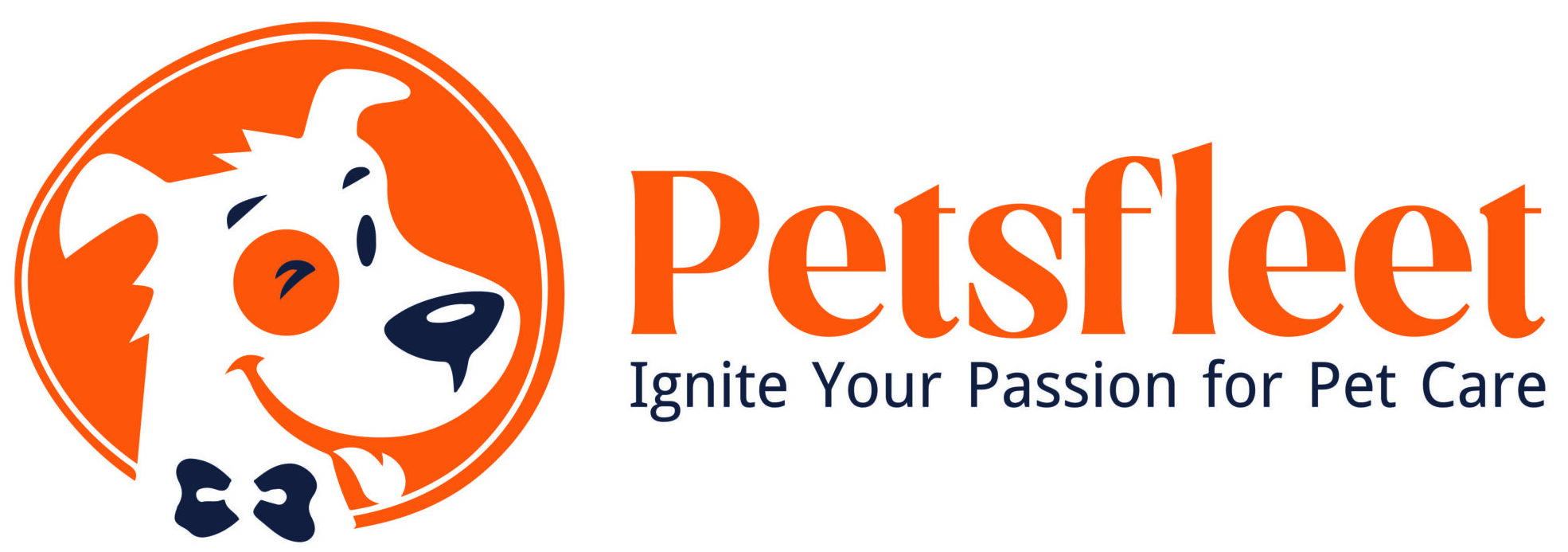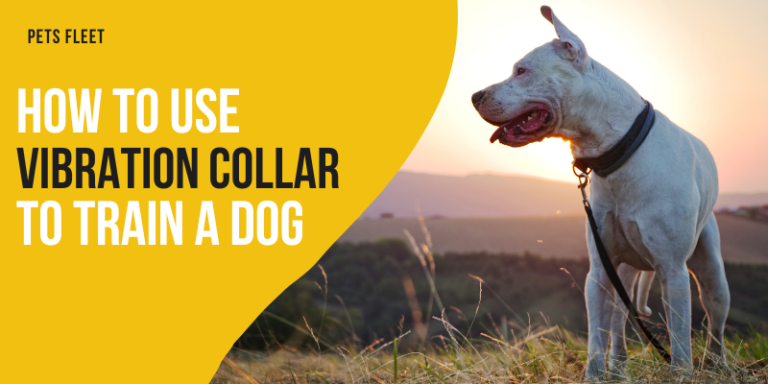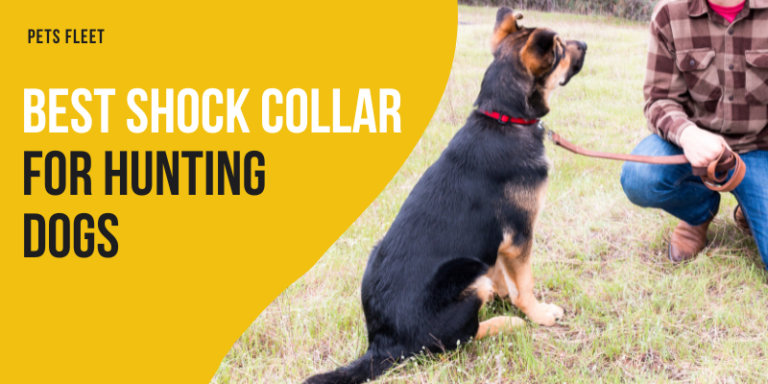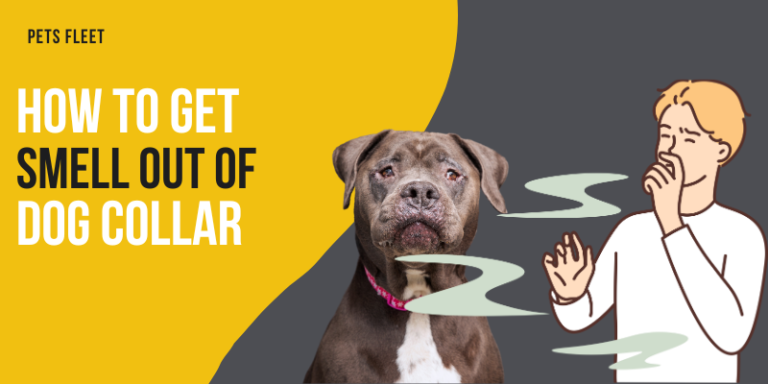How To Train A Dog Boundaries With Shock Collar – Comprehensive Guide

Welcome to the world of dog training! If you’re reading this, chances are you’ve heard about shock collars and their effectiveness in establishing boundaries with your furry friend. While it may sound controversial, using a shock collar can actually be a powerful tool when used correctly.
To train your dog’s boundaries using a shock collar, gradually introduce the collar, set clear boundaries, and combine positive reinforcement with the use of the collar as a corrective measure when needed.
Let’s explore how to train your dog boundaries with a shock collar, along with its benefits, techniques, and even some alternatives for those who prefer different methods. So grab your pup’s favorite treat and let’s dive into the exciting world of dog training!
Understanding Shock Collars
Some say they’re cruel, while others believe they can be effective if used responsibly. Here’s what you need to know:
- They’re Not Meant To Cause Pain: Shock collars are communication tools, not punishment devices. They create associations between behaviors and collar sensations.
- Learn How To Use Them Properly: Read the user manual thoroughly and consult professionals if needed. Understand the functions and settings before training.
- Introduce The Collar Gradually: Let your dog get comfortable wearing it without activating shocks. Make it a positive experience.
- Consistency Is Key: Set clear boundaries and be consistent in enforcing them. Your dog needs to understand what’s acceptable and what’s not.
- Use Positive Reinforcement: Reward desired behaviors with treats, praise, or playtime. Strengthen the connection between good behavior and positive outcomes.
- Monitor Your Dog: Keep a close eye on their reactions during training. Look for signs of distress or anxiety and adjust the collar if necessary.
Remember, shock collars should always prioritize your dog’s comfort and well-being. They should be used responsibly, with the goal of effective communication and positive reinforcement.
How To Train A Dog Boundaries With Shock Collar – Steps
Training a dog’s boundaries using a shock collar requires careful and responsible training methods. Follow this comprehensive step-by-step guide to ensure effective and humane training:
Introduce The Shock Collar Gradually
- Allow your dog to become familiar with the collar by letting them sniff and investigate it before wearing it.
- Associate the collar with positive experiences by providing treats or praise when the collar is present.
Set Clear Boundaries
- Determine the specific areas where you want your dog to stay within or avoid.
- Use visual cues such as flags or markers to clearly indicate these boundaries and help your dog understand them.
Start With Positive Reinforcement
- Use positive reinforcement techniques like treats, praise, and rewards to encourage your dog to stay within the designated boundaries.
- Pair these rewards with verbal cues like “stay” or “boundary” to help your dog associate the commands with the desired behavior.
Introduce The Corrective Measure
- If your dog crosses the designated boundary, use the shock collar as a corrective measure.
- Set the shock level to the lowest effective level and use it as a brief and quick reminder, not as a punishment.
- Be consistent in using the collar only when necessary and avoid excessive or prolonged stimulation.
Practice And Repetition
- Consistency is key to successful training.
- Practice the boundary training exercises regularly, gradually reducing the reliance on the shock collar as your dog learns and understands the boundaries.
- Gradually phase out the need for the collar altogether by relying more on positive reinforcement.
Monitor Your Dog’s Behavior
- Observe your dog’s response to the training and make adjustments as needed.
- Pay attention to signs of stress or discomfort and adjust the intensity of the shock collar accordingly.
- Ensure that your dog’s overall well-being and happiness are prioritized throughout the training process.
Seek Professional Guidance If Needed
- If you’re uncertain or struggling with the training process, consider seeking help from a professional dog trainer.
- A professional can provide expert guidance, address any concerns, and tailor the training approach to your dog’s specific needs.
Remember, the use of a shock collar should always prioritize the safety and well-being of your dog. Use it responsibly, in conjunction with positive reinforcement techniques, and always consider your dog’s individual temperament and needs.
Preparing for Training
Before you begin training your dog with a shock collar, it’s important to take some necessary steps to prepare. This will help ensure that the training sessions are effective and safe for both you and your furry friend.
- Find one that fits well and suits your dog’s size and temperament.
- Understand how the collar works and follow the manufacturer’s guidelines.
- Set clear boundaries: Decide which behaviors you want to address and enforce them consistently.
- Let your dog get comfortable by associating it with treats or praise.
- Minimize distractions for effective sessions.
Remember, the proper use of a shock collar requires careful consideration, patience, and a focus on positive reinforcement. Always prioritize your dog’s well-being and consult professionals if needed.
Training Techniques
When it comes to training your dog with a shock collar, it’s important to approach it in the right way. Here are some effective techniques that can help you establish boundaries and teach your furry friend good behavior.
1- Start With Basic Commands
Before diving into more complex tasks, make sure your dog has mastered simple commands like sit, stay, and come. This establishes a foundation of obedience and makes further training easier.
2- Use Consistent Signals
Dogs thrive on consistency, so be sure to use clear and consistent signals when using the shock collar. For example, if you want your dog to stop barking at strangers, give them a firm “no” command every time they exhibit this behavior.
3- Gradual Intensity Levels
When introducing the shock collar for boundary training, start at the lowest possible level of stimulation and gradually increase as necessary. This allows your dog to become familiar with the sensation without causing discomfort or fear.
4- Positive Reinforcement
Alongside the use of a shock collar, always incorporate positive reinforcement techniques such as treats or praise when your dog follows commands correctly or exhibits desired behaviors. This helps reinforce their understanding of boundaries in a positive way.
5- Avoid Punishment-Based Methods
Remember that using a shock collar should never be about punishing or causing harm to your pet; it is simply an aid in establishing boundaries and reinforcing proper behavior. Always prioritize their safety and well-being throughout the training process.
By following these techniques consistently and being patient with your furry companion, you can effectively train them on boundaries using a shock collar while maintaining trust and building a strong bond between you both.
Safety And Considerations
When using a shock collar for dog training, it is essential to prioritize safety and take certain considerations into account. Here are some important points to keep in mind:
1- Choose The Right Size
Make sure to select a shock collar that fits your dog properly. It should be snug but not too tight, allowing for comfortable movement.
2- Start With Low Levels Of Stimulation
Begin the training process by using the lowest level of stimulation on the shock collar. This will help you gauge your dog’s reaction and sensitivity without overwhelming them.
3- Avoid Prolonged Use
It’s crucial not to leave the shock collar on your dog for extended periods of time as constant stimulation can cause discomfort or even injury.
4- Positive Reinforcement Is Key
Remember that while the shock collar can be an effective tool, it should always be used in conjunction with positive reinforcement techniques such as treats, praise, and affection.
5- Train Under Supervision
Always supervise your dog during training sessions when using a shock collar to ensure their safety and well-being.
By following these safety precautions and considering your furry friend’s well-being throughout the training process, you can effectively establish boundaries using a shock collar while keeping them safe at all times.
Conclusion
Training a dog to understand boundaries is an essential part of responsible pet ownership. While shock collars can be an effective tool in this process, it’s important to approach their use with caution and responsibility.
When used properly, shock collars can help establish clear boundaries for your dog and reinforce desired behaviors. The benefits include faster learning, improved obedience, and enhanced safety for both you and your furry companion.
However, it’s crucial to remember that shock collars should never replace positive reinforcement techniques or be used as a punishment. Always prioritize the well-being and comfort of your dog when using any training tool.






